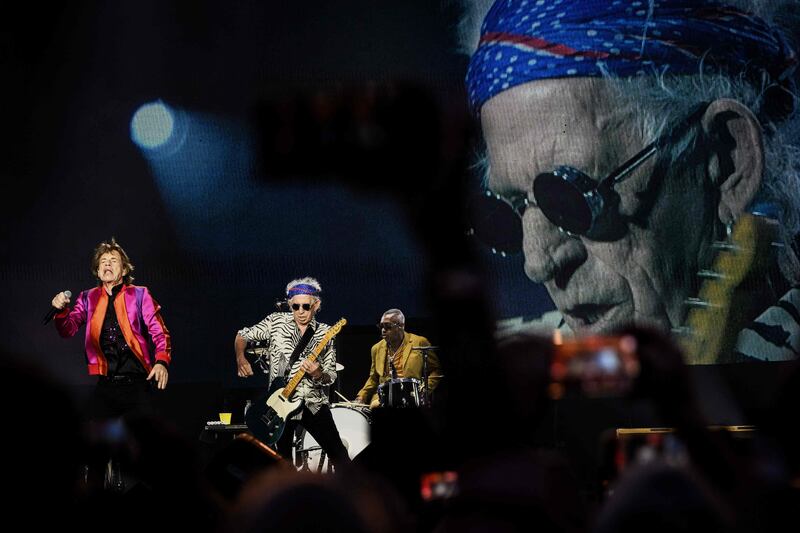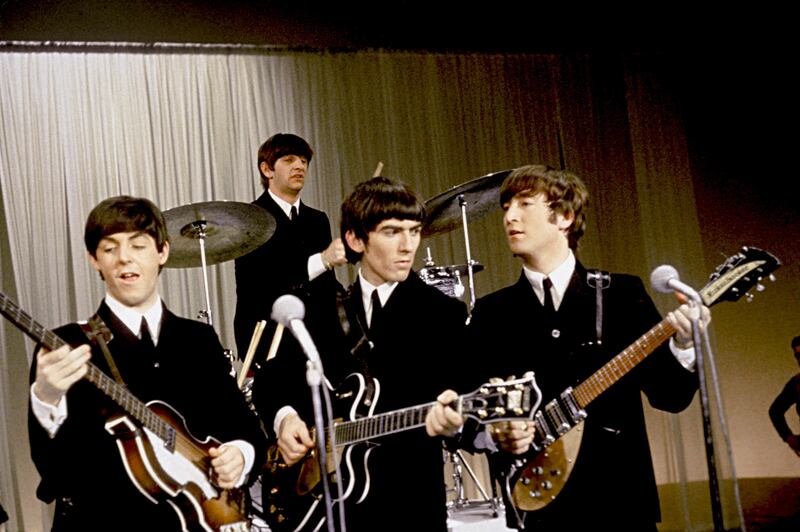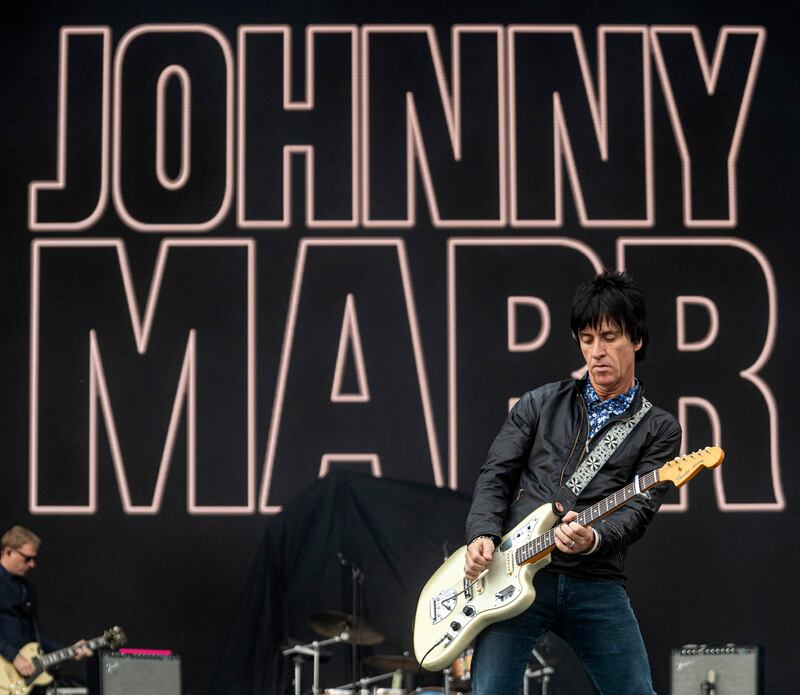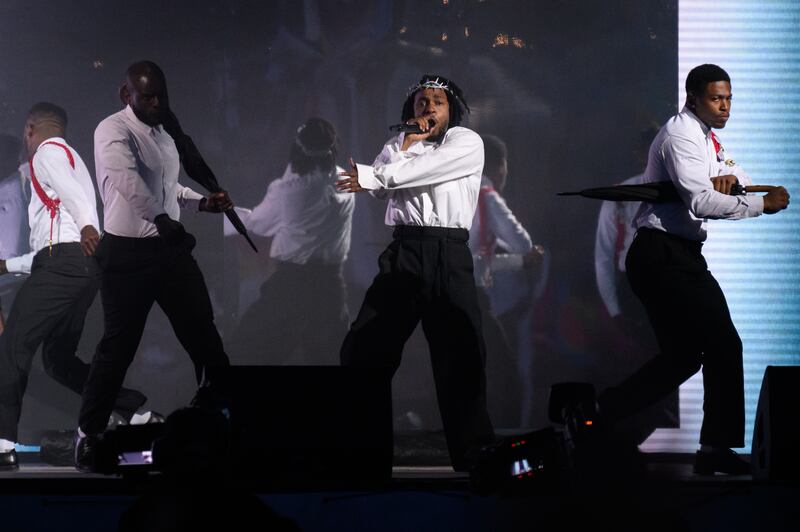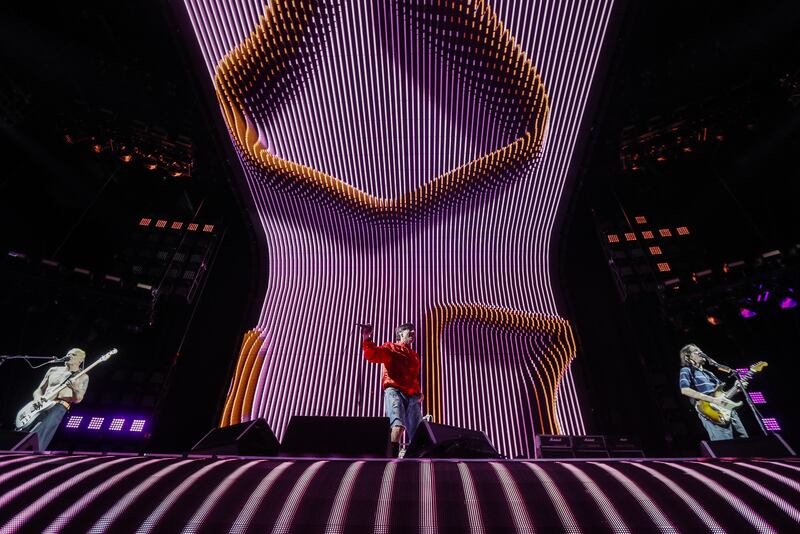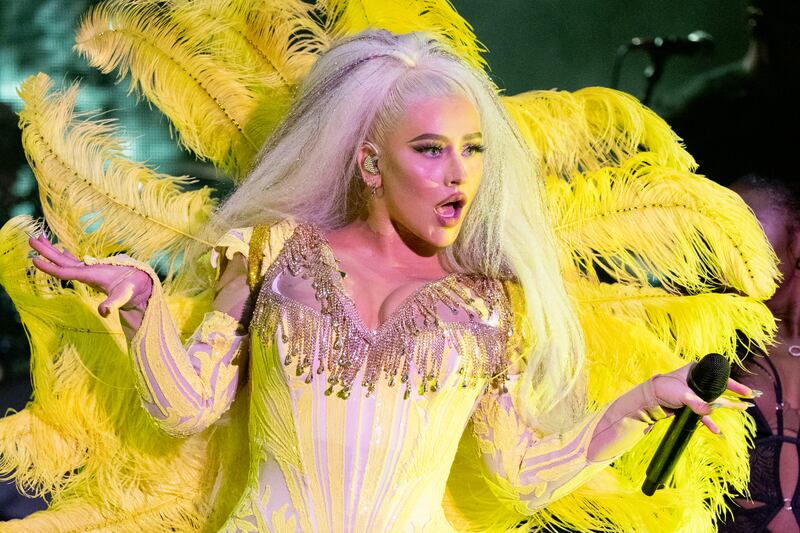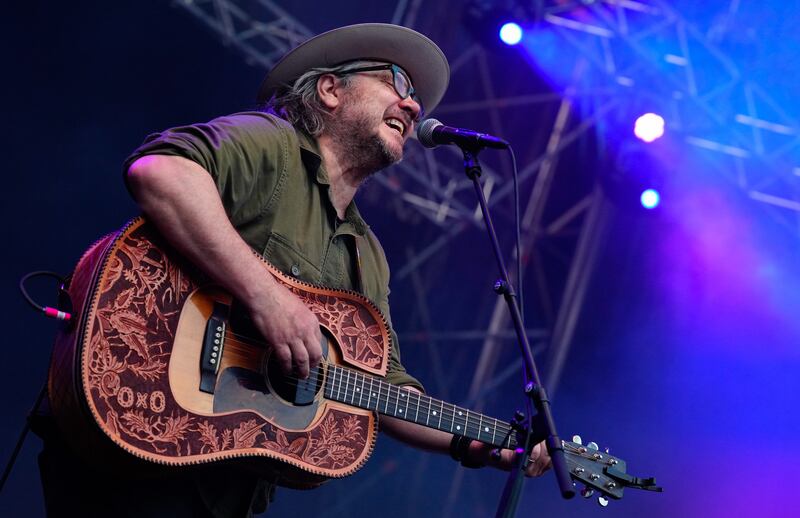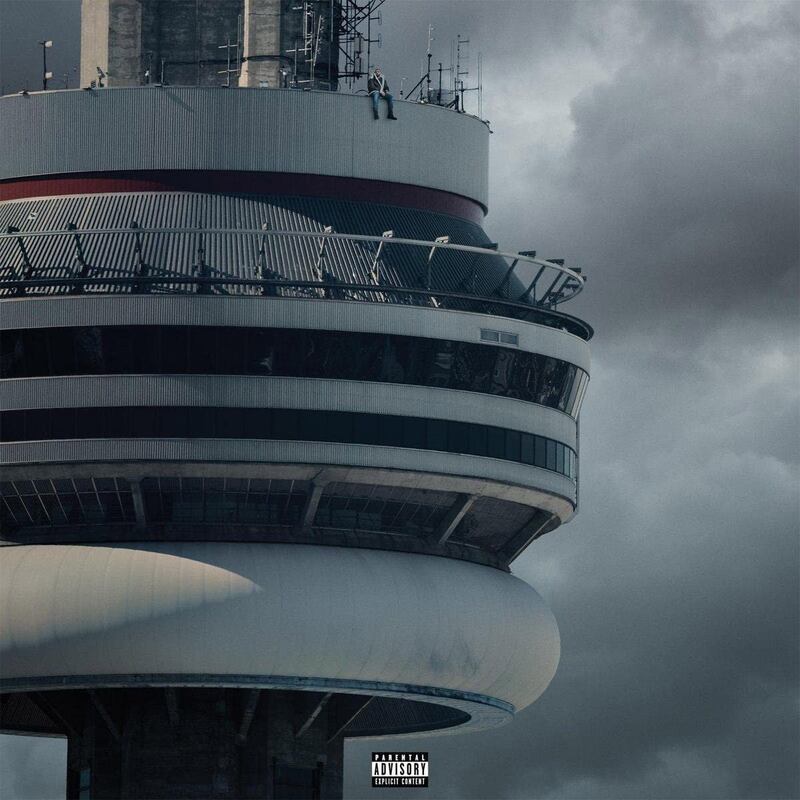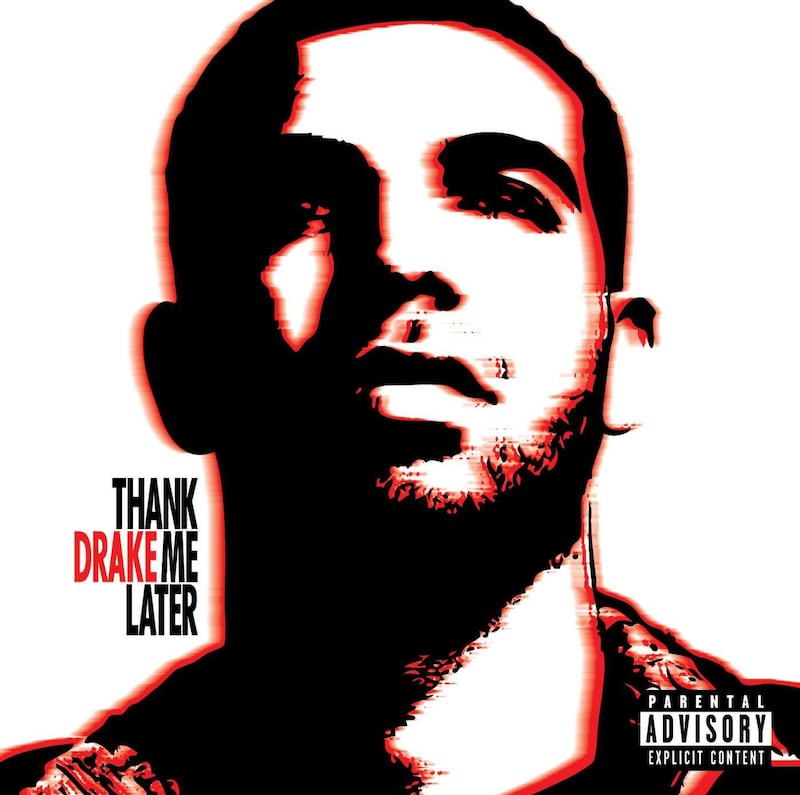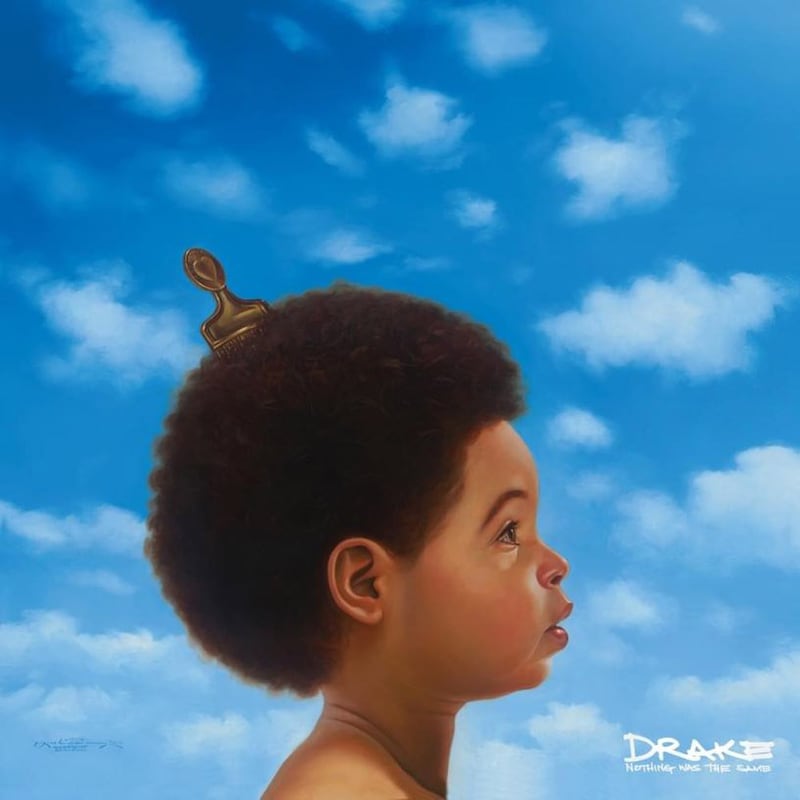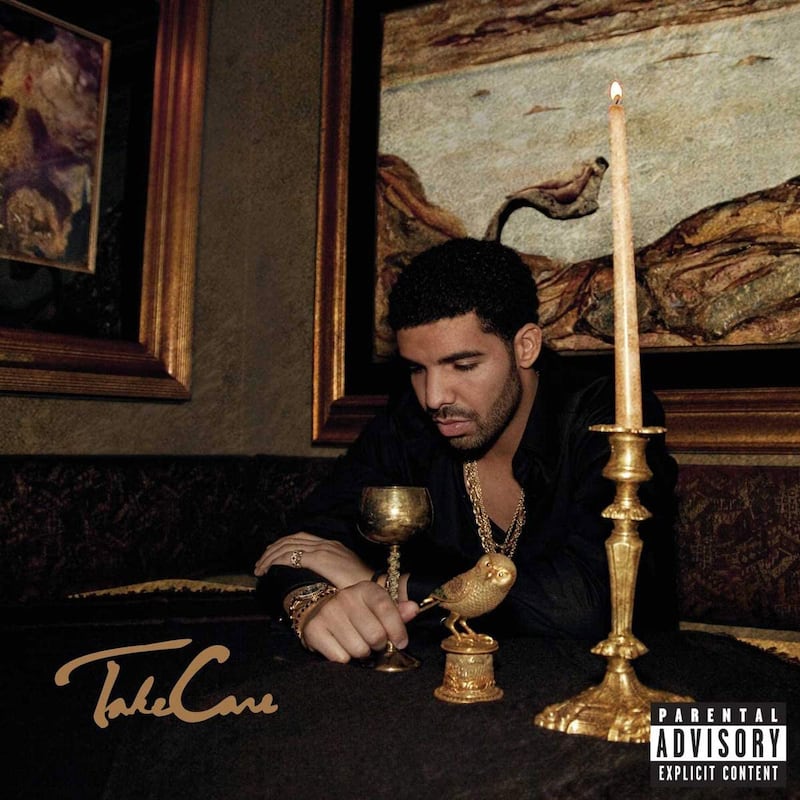Online platforms may have upended the ways we consume music, but technology has yet to fully triumph over tradition when it comes to how artists release their work.
The last two years alone have shown how the freewheeling and shuffle-friendly nature of streaming hasn't dented the appeal of the album, with pop stars The Weeknd (After Hours and Dawn FM) and Adele (30) unleashing blockbuster projects that are cohesive and meant to be heard in a specific order and one sitting.
Another traditional format also predicted to perish with time is also proving to be equally as resilient — the double album.
Once derided as an exercise in excess, it is seemingly bouncing back with a growing and eclectic group of top-tier artists adopting the format.
On Saturday, the Red Hot Chili Peppers joined the list after announcing that their Return of the Dream Canteen, out in October, will be "packed to the brim" with songs.
The move follows similar works by popular acts such as rapper Kendrick Lamar, rockers Imagine Dragons, alternative country group Wilco and indie-rock giant Johnny Marr.
So what's going on? Is this a rearguard action to protect a cherished historical format or is the resurgence a sign of the times?
The answer is a mix of both.
While the double album is still held by traditionalists as a statement of creative ambition, its appeal and eventual decline was caused by economics.
The format traces its origins to the birth of the single LP (long play) record in 1948, which allowed up to 44 minutes of music to be played over two sides.
While revolutionary at the time, the single disc was criticised as inhibiting to fans of longer-form genres, such as classical, jazz and opera.
Hence the double album.
Beginning with the 1950 release of The Famous 1938 Carnegie Hall Jazz Concert by composer Ben Goodman, it was initially limited to niche recordings from these genres, which historically had well-paying customers.
With the lowering of production costs over the ensuing years, the artistic appreciation and commercial appeal of the format grew within the industry.
At nearly two hours long, 1956's Sings the Cole Porter Song Book by Ella Fitzgerald was an early demonstration of the breathtaking sweep and scope the form can deliver.
Double albums also helped established stars over the next two decades to break new creative ground, make grander statements and dismantle fan and industry misconception surrounding their work. Think Bob Dylan Blonde on Blonde (1966), The Beatles's White Album (1968), Elton John Goodbye Yellow Brick Road (1973), The Rolling Stones's Exile on Main St (1972) and Led Zeppelin's Physical Graffiti (1973).
A need for expression
While the advent of streaming curbed its commercial appeal in more recent years, with some notable modern exceptions — such as rapper Tupac Shakur’s 1996 opus All Eyez on Me and Christina Aguilera’s Back to Basics in 2006 — the same artistic impulses power the new wave of double albums being released today.
After releasing Cruel Country in May, Wilco frontman Jeff Tweedy told Variety the 21-track album finds the US band embracing country music ― a genre they've emphatically distanced themselves from in the past ― and surveying the societal ruptures affecting their nation today.
“Once I started listening back to what we had done as Cruel Country began to take its shape as a double record a narrative began to emerge,” he said.
“In spite of ourselves, and all of our concerns and efforts to distract, we had made an ‘American music’ album about America.”
For Imagine Dragons, whose Mercury — Acts 1 & 2 was released this month, the double album was the best outlet allowing the Las Vegas group to examine key themes of death and recovery.
“We knew really early on that it was going to be two records,” singer Dan Reynolds told Consequence of Sound.
“We realised early on that Act I was focused on death and kind of those shell-shocked feelings that accompany that, whereas Act 2 is really post-grief and waking up the next day after you’ve lost someone that you loved.”
A sign of the times
Other motivations inspiring new double albums are to do with the here and now.
Where previously songs took shape and were recorded after being written on the road, the lack of touring opportunities caused by the Covid-19 pandemic forced certain bands to create material together with the luxury of time.
The extra creative space paid dividends for the Red Hot Chili Peppers, with the new album featuring the return of former guitarist John Frusciante.
“With time turned into an elastic waistband of oversized underwear, we had no reason to stop writing and rocking,” the band said in a social media post announcing Return of the Dream Canteen.
“It felt like a dream. When all was said and done, our moody love for each other and the magic of music had gifted us with more songs than we knew what to do with.”
Kendrick Lamar used the time afforded by the pandemic to dig deep for Mr. Morale & The Big Steppers, the acclaimed and harrowing double album in which he picked apart deep-seated insecurities and devastating childhood traumas.
Shunning all media interviews to date, Lamar’s only comment about the project was a statement previewing the album's release last August.
"I spend most of my days with fleeting thoughts. Writing. Listening. And collecting old Beach cruisers. The morning rides keep me on a hill of silence. I go months without a phone. Love, loss, and grief have disturbed my comfort zone, but the glimmers of God speak through my music and family,” he said.
“While the world around me evolves, I reflect on what matters the most. The life in which my words will land next.”
Leave it to the enigmatic Marr, who recently released Fever Dreams Pts. 1—4, to, perhaps, say it best when explaining the enduring appeal and purpose of the double album nearly 70 years on.
“The reasons for doing a double album in 2022 are probably the same as then,” he told New York magazine. “You feel like you want to say more.”
